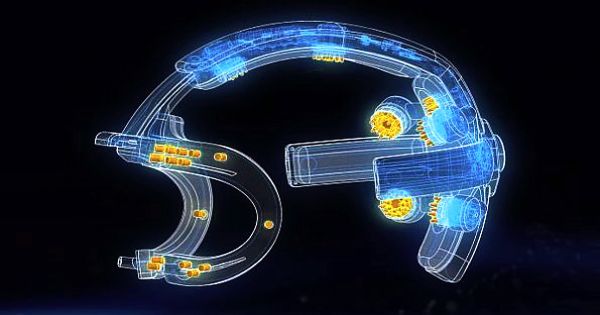Brain-computer interfaces designed for VR gaming way more immersive
Brain-computer interfaces are essentially a coordination method that converts neural signals into actionable input for computers. Digital reality headsets are now pretty good at fooling our eyes and ears into believing we’re in another dimension. BCI will far exceed VR’s ability to create interactive environments. Both our jobs in a plastic headset to shoehorne thumbnails will seem too primitive to see what truly isn’t in our minds. And we might soon sail the globe alone with our reflections.
Brain-Computer Interfaces are already revolutionizing our world and always going a step further from the past. Playing a game with our mind may not be just a fantasy anymore. Virtual Reality may encounter, in the short-term, a revolution.
Mike Abinder, an internal psychologist and a researcher at Valve Game Developer’s Conference in San Francisco this year, gave a speech about the promising possibilities for incorporating brain and machine interfaces to VR headsets. The valve was a game developer and distributor. Mike Ambinder joked that brain calculation interfaces may be a way of people enjoying their voluminous VR headsets in virtual reality.
Personalized Gaming
It is a concept inside current VR headsets to incorporate non-invasive electroencephalograms (EEG). EEG readers track and translate electrical impulses shot into data points in the brain. And if they examine this, Abinder says game designers will make various games based on if you’re nervous, happy, sad, or bored.
For now, players are still limited to using a mouse, keyboard, gamepad, buttons of some sort of gesture. So between us and the game, there is still a layer. In the future of interfaces, though, neurological impulses will have the potential to perceive them.
“Think of adaptive rivals, then. What type of creatures do you want to play in games? “As cited by VentureBeat, Ambinder said. “It could be a game which could give you a more difficult time than a boring time if we knew the answers to these questions.”
The game design could almost exactly fit the person with VR headsets – or even produce a perfect picture of you in a virtual world. Your avatar will replicate your present mood or mind exactly.
This would make actions easier and more responsive, without mentioning the broader variety of potential inputs that we will use. This simply means higher game quality, with more engaging and believable gameplay.
“We suddenly start to evaluate how you respond to various game elements,” continued Ambinder. “To make big changes, we can make minor modifications.”
BCI is impressive both inside and outside of the VR for accessibility purposes. We saw unbelievable improvement here already. Only in 2015 did researchers at Houston University create an algorithm to allow anyone with a prosthetic hand to pick up an item with their thoughts like a water bottle.
Brain Extensions
Any firms are also seeking to use brain waves to enhance gaming environments. According to its website, a firm was known as Neurable is now researching BCIs embedded into VR headsets “to create a natural extension of our brains and create new possibilities for human empowerment.”
Abinder’s idea for the future of gaming is of course, much of the time a fun thinking exercise. Even hospital-grade EEGs have tremendous amounts of noise — particularly for non-invasive market scanners that are not planted on the scalp and inserted surgically.















